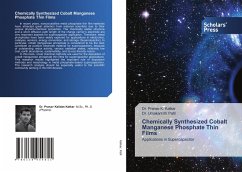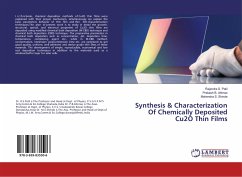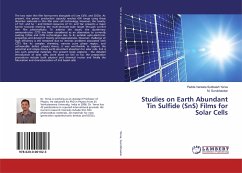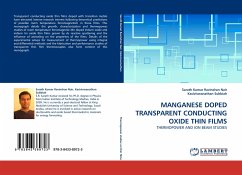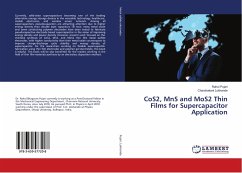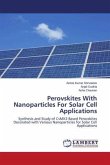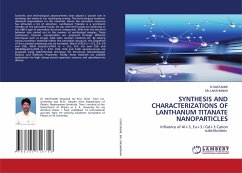In recent years, nanocrystalline metal phosphate thin film materials have attracted great attention from material scientists due to their unique physico-chemical properties. The chemically stable structure and a short diffusion path length of the charge carrier's electrode are very important aspects for supercapacitor application. Therefore, metal phosphates have been widely explored for applications in electronics, catalysis, sensors, energy conversion, and storage (Supercapacitor). In particular, cobalt manganese phosphate is considered to be the best candidate as positive electrode material for supercapacitors, because of outstanding redox activity, various oxidation states, relatively low cost, earth abundance, sustainability, and its eco-friendly nature. In this book, novel chemical methods are used for the deposition of cobalt manganese phosphate thin films for supercapacitor applications. This research results highlighted the important role of deposition methods and morphology in metal phosphate-based supercapacitors. The research analysis should be especially useful to the scientific community working in thin film devices.
Bitte wählen Sie Ihr Anliegen aus.
Rechnungen
Retourenschein anfordern
Bestellstatus
Storno

